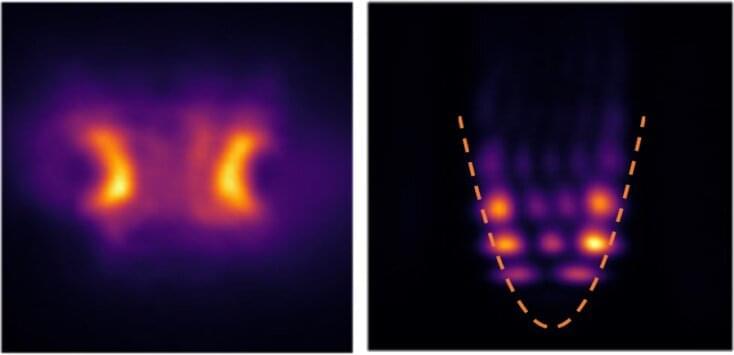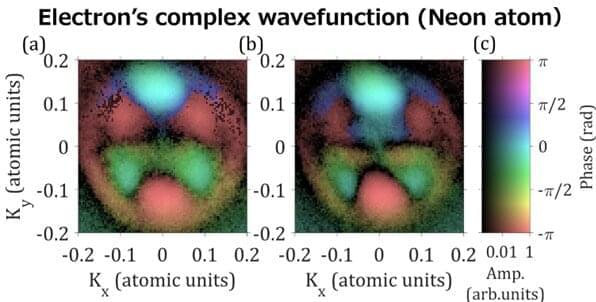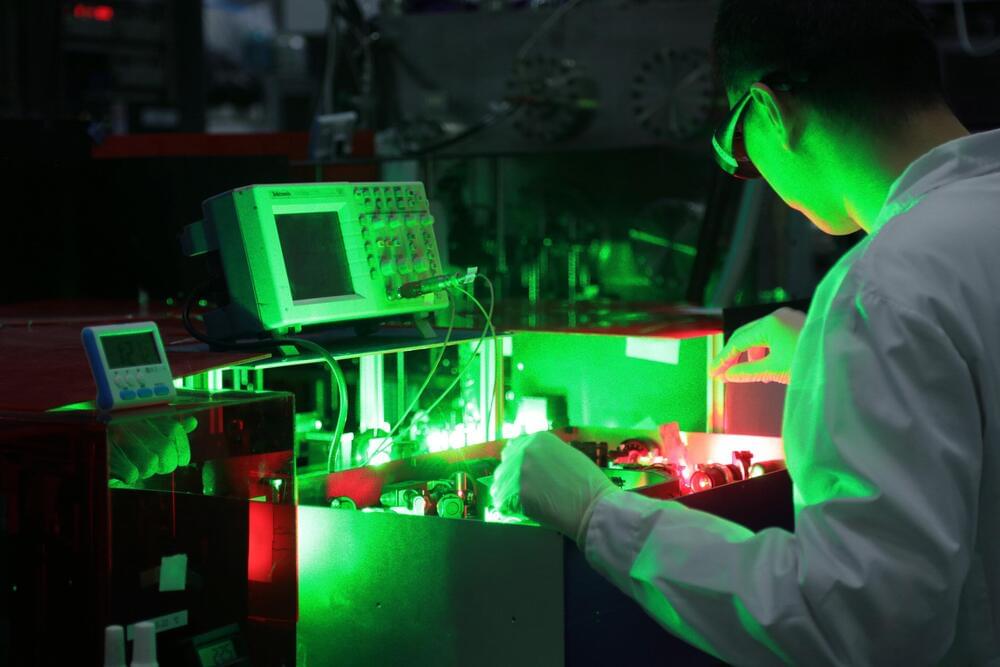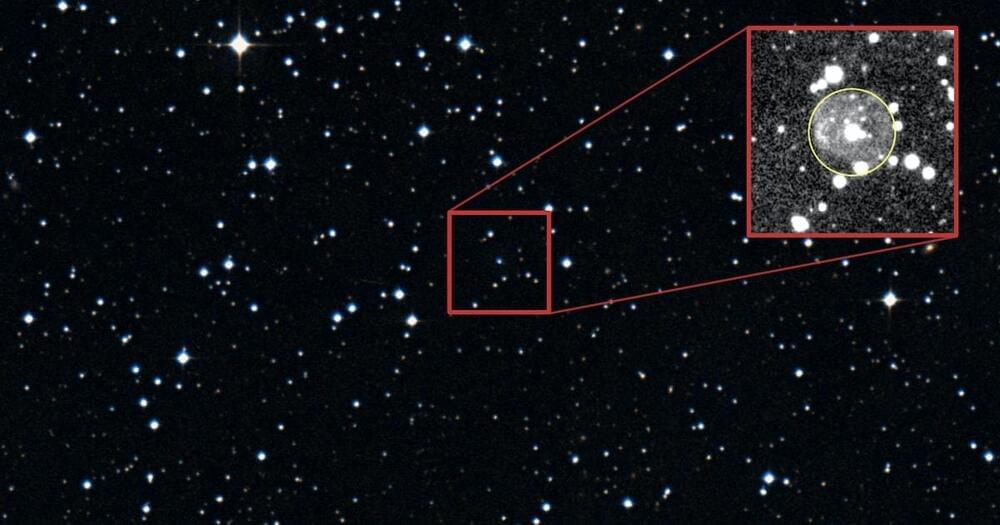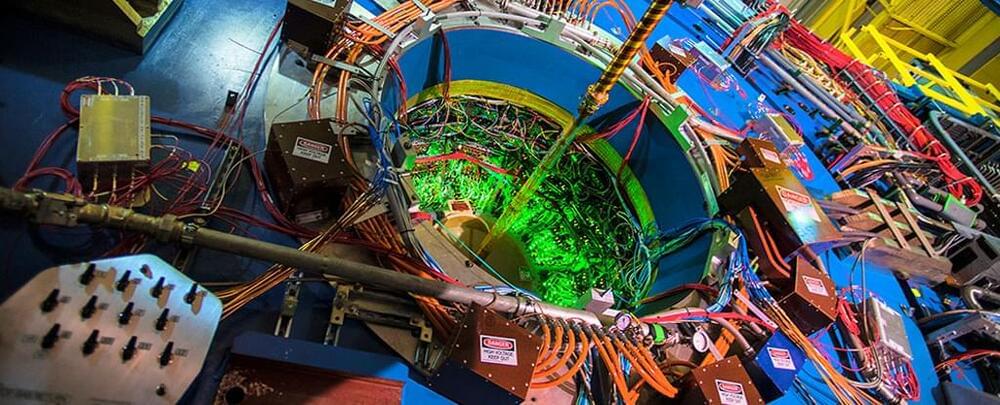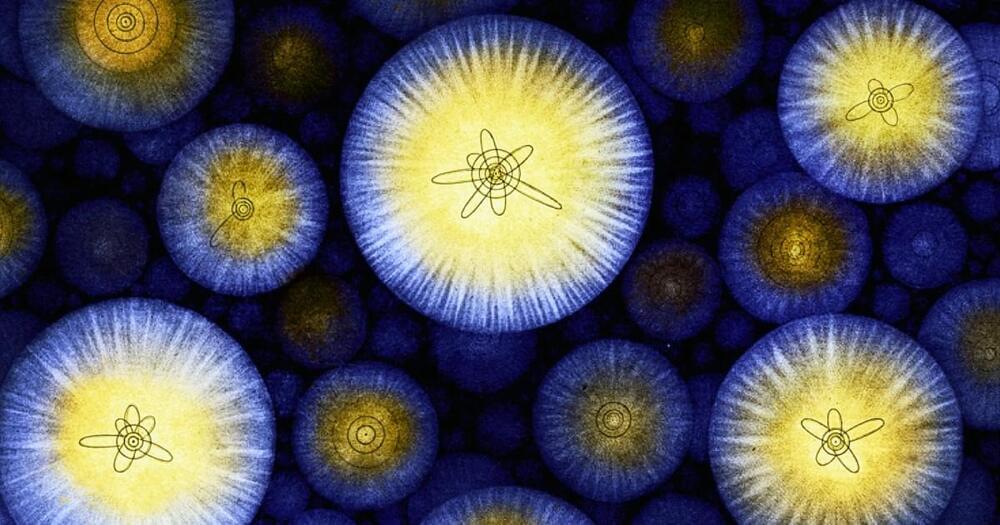Jan 15, 2023
What Is A Time Crystal?
Posted by Paul Battista in categories: mathematics, particle physics, quantum physics
Just over a decade ago, physicist and Nobel laureate Frank Wilczek from MIT wrote a paper musing about the potential properties of a theoretical object he called quantum time crystal. To the surprise of many, over the last few years, those time crystals have been found aplenty both in specific lab experiments and inside common things like children’s toys.
As is often the case, the exact nature of these objects is not widely understood. So let’s tackle this question together: what is a time crystal? First and foremost, let’s define what a crystal is. Let’s consider empty space like a blank sheet of paper extending as far as the eye can see. There is no special point to it because every point is the same.
That’s where the translational symmetry comes in. No point is special – but now let’s imagine that the paper is graphed, like sheets you might have used in math lessons. Now you will have a lot of empty space, but every little while you have lines and corners, etc. That is a repeating regular structure. In your regular crystal, from diamonds to snowflakes, their atoms are organized in repeating patterns like that.

